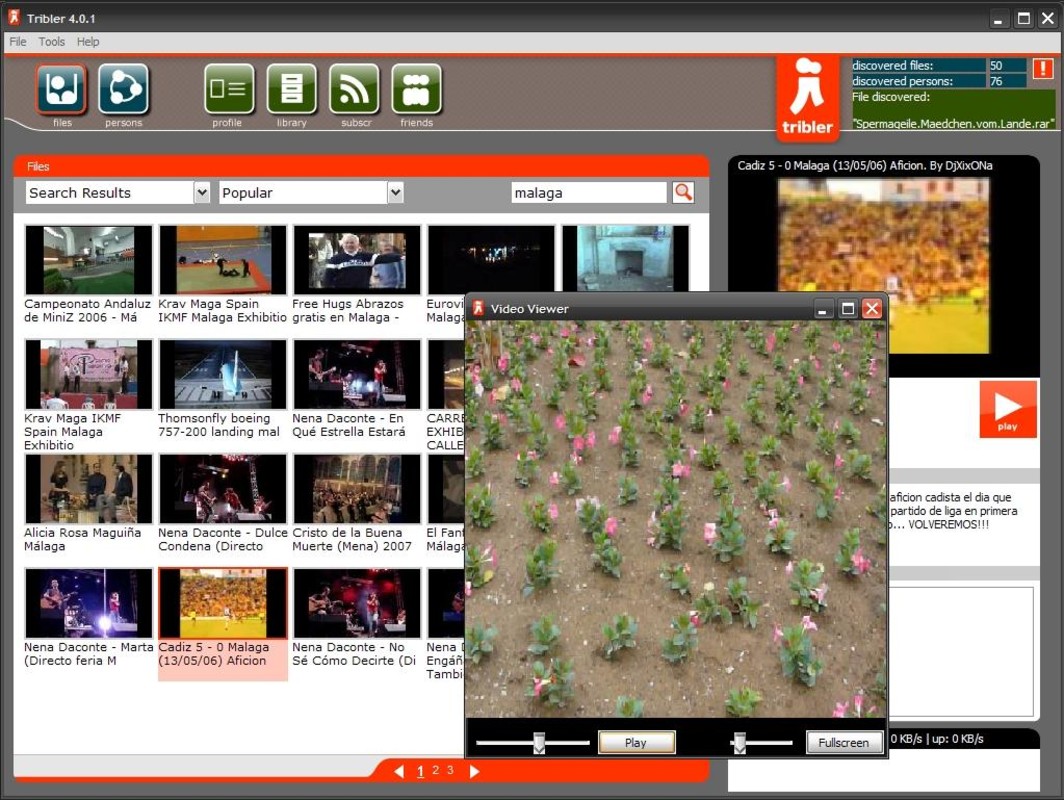
Distribution servers are not centrally installed, but are rolled out in a smart, decentralized way.
Tribler vs sopcast professional#
Tribler vs sopcast license#
Some applications distribute TV channels without a legal license to do so this utilization of P2P technology is particularly popular to view channels that are either not available locally, or only available by paid subscription, as is the case for some sports channels. The majority of available applications broadcast mainly Asian TV stations, with the exception of TVUPlayer, which carries a number of North American stations including CBS, Spike TV, and Fox News. Many of the commercial P2PTV applications were developed in China ( TVUPlayer, PPLive, QQLive, PPStream). Some applications allow users to broadcast their own streams, whether self-produced, obtained from a video file, or through a TV tuner card or video capture card. The need for a tracker can also be eliminated by the use of distributed hash table technology. In effect, this creates an overlay network on top of the regular internet for the distribution of real-time video content. The tracker records the user's address, so that it can be given to other users who wish to view the same channel.
Tribler vs sopcast software#
The architecture of many P2PTV networks can be thought of as real-time versions of BitTorrent: if a user wishes to view a certain channel, the P2PTV software contacts a "tracker server" for that channel in order to obtain addresses of peers who distribute that channel it then contacts these peers to receive the feed.

The video quality of the channels usually depends on how many users are watching the video quality is better if there are more users. The arriving streams are typically a few minutes time-delayed compared to the original sources. In a P2PTV system, each user, while downloading a video stream, is simultaneously also uploading that stream to other users, thus contributing to the overall available bandwidth.



 0 kommentar(er)
0 kommentar(er)
